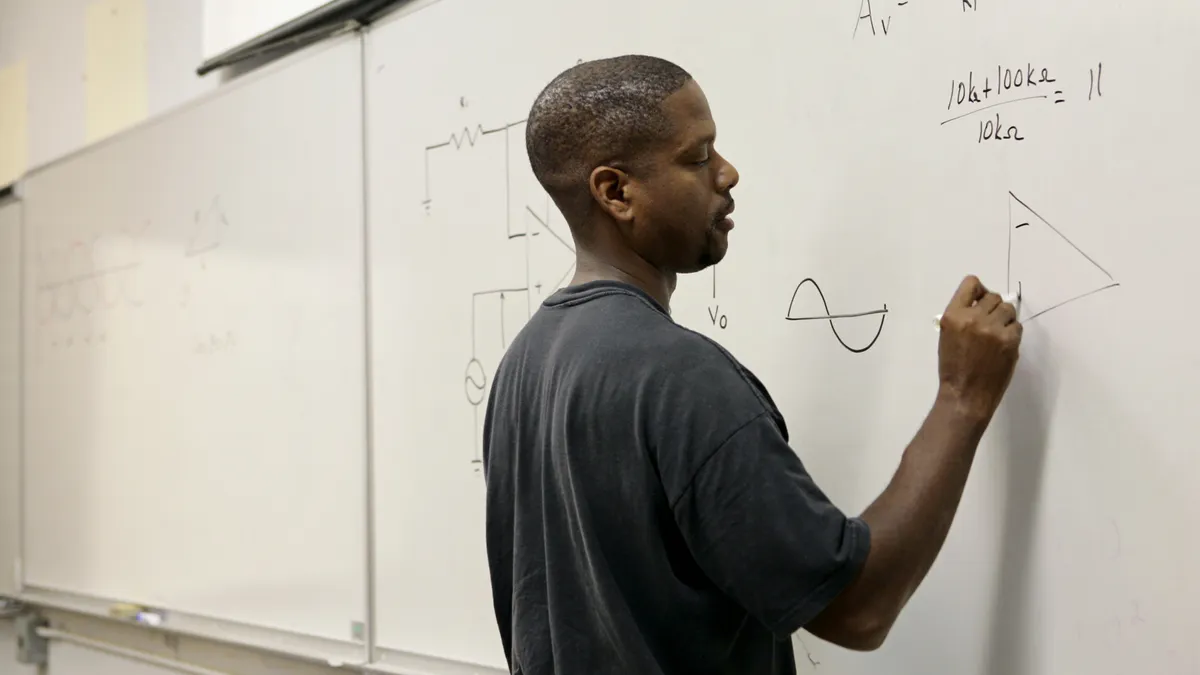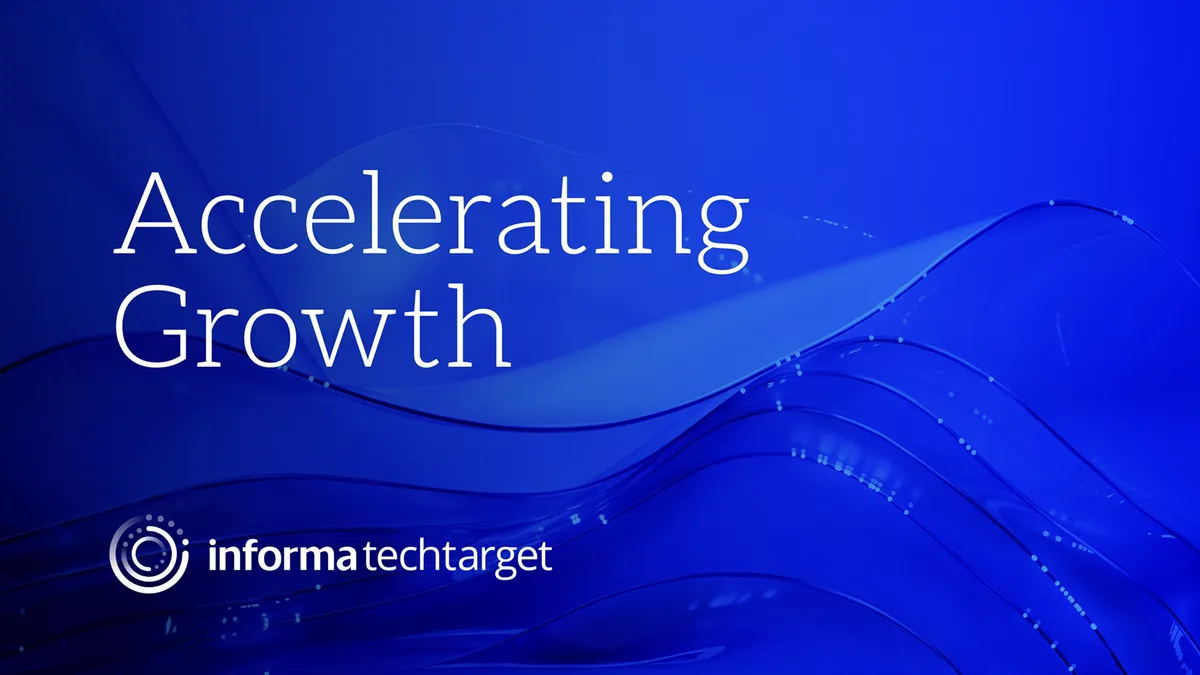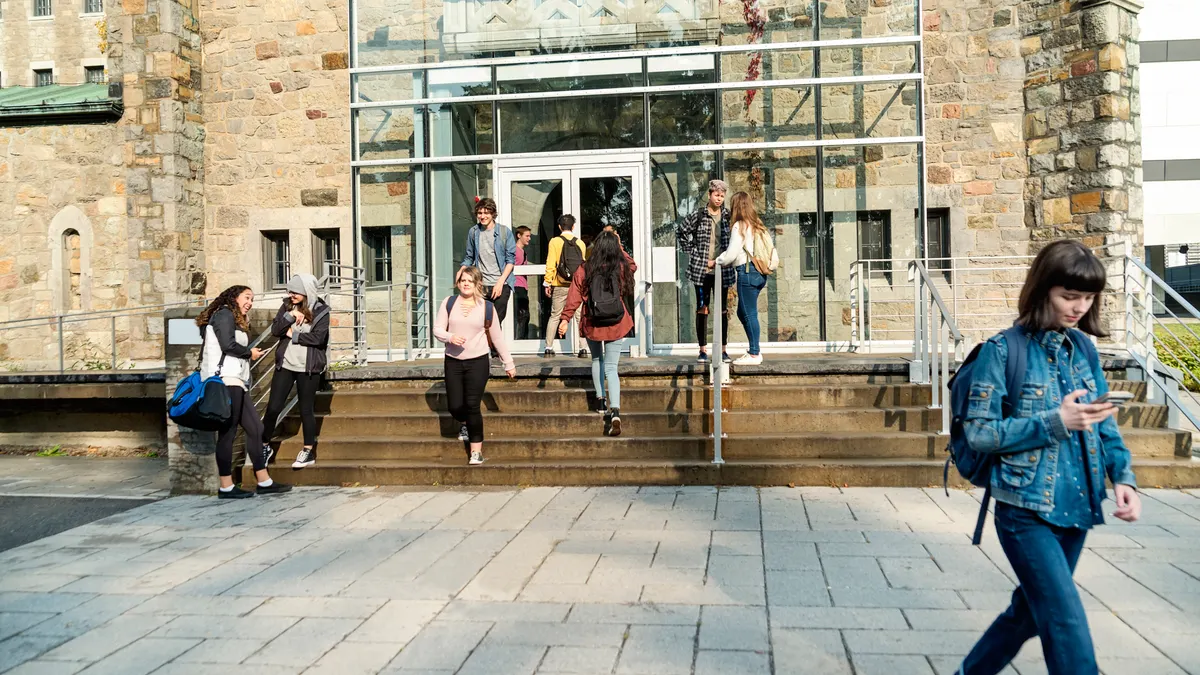With more jobs opening up requiring a background in science, technology, engineering and math (STEM), industry leaders worry there will not be enough qualified applicants to fill the pool. K-12 and higher ed institutions have responded by focusing on building the education-to-workforce pipeline in these fields, and have often found there's an added benefit. For students who end up in non-STEM careers, instruction in STEM still gives them the skills they need for college and career readiness.
STEM instruction yields skills valued by all types of employers and colleges
“For us, it’s a skillset more than it is a specific job. Particularly in workforce development, we look at things so narrowly,” said Dr. Vince Bertram, the chief executive officer of Project Lead the Way and the author of "Dream Differently." “Even from an engineering or computer science perspective, we want to build student skills in critical thinking, communication and collaboration. Those are skills translatable across multiple industries, and they’re enduring skills.”
Project Lead the Way offers STEM curricula for K-12 classrooms throughout the country, serving more than 9,000 schools. Many agree STEM education is beneficial not just for teaching students tech skills that are competitive in the workforce, but also for giving them critical thinking and problem-solving skills employers emphasize.
Bertram said there is too much "compartmentalization" in K-12 and higher ed, with STEM disciplines separated from the humanities. The lack of collaboration, he says, makes it more difficult for students to discern the practical results of their education — students feel like they are “learning math for the sake of learning math.” Bertram also found students’ unfamiliarity with STEM subjects could present challenges as they try to find a focus in postsecondary education.
“The problem is students don’t have that experience,” he said. “We’re asking them to pick a college major, but they’re so limited in their experience, they can only pick things they’re good at. When they’re turned off of math and science at an early age, they avoid it. And this perpetuates the skill gap.”
STEM 'competent' students more valuable in the workforce
However, STEM instruction and majors tend to offer benefits in a student’s post-college career, even if that student does not necessarily pursue a STEM career, according to research from the Georgetown University Center on Education and the Workforce. A 2014 report conducted by the center found demand for applicants with STEM competencies far outstripped the 5% of professions traditionally determined to be in the STEM fields. STEM-literate graduates are not only needed in those fields, but also in areas like advanced manufacturing, mining and utilities and transportation, the report found.
Nicole Smith, the center’s chief economist, also said research showed STEM students and graduates tend to earn more in the workforce, even if they do not enter STEM fields.
“Regardless of the occupation,” she affirmed. “A few of the physics majors ended up in finance. A few of the computer science majors ended up in accounting. The top majors were still the STEM majors.”
The Georgetown report found the increasing need for students to be equipped with STEM competencies outside of traditional STEM fields has led to a process of ‘diversion,’ Smith said. The term refers to when students or employees veer off enter a STEM career, carrying over the STEM skills they had garnered throughout their education into different disciplines or professions.
Some of this diversion occurs in K-12, and in college, 38% of students who begin their postsecondary education focusing on a STEM major do not graduate with one, the report found. In the workplace, 43% of STEM graduates will not be in STEM occupations, and after ten years, 46% of workers with a STEM-related bachelor’s degree will not be in the field.
However like Bertram, Smith remarked how STEM competencies are necessary far beyond what the U.S. Bureau of Labor Statistics classifies as STEM fields.
More jobs requiring tech skills emphasize need for interdisciplinary STEM education
Dr. Claus von Zastrow, the chief operating officer and director of research for the D.C.-based STEM advocacy non-profit Change the Equation, referred to this group of participants in the country’s labor force as a kind of “hidden workforce,” as their jobs required STEM proficiency beyond rudimentary computer skills, but were not necessarily counted as being a STEM job.
“The way we think of jobs right now tends to cause us to undercount the number of STEM jobs there are,” he said. “These kinds of skills are so much more important in so many more jobs than they used to be.”
Change the Equation, which works with corporate leaders and educators to promote STEM literacy for all students in the United States, examined how many people in the country’s workforce utilized computing skills in complex ways at their jobs.
The organization found approximately 8 million Americans used computer skills at their jobs, roughly double what the BLS would have classified as STEM computing jobs — a reality emphasizing the need for institutions to develop integrated STEM instruction that incorporates tech skills throughout other disciplines. Von Zastrow said STEM could help to develop critical thinking and problem-solving skills useful beyond traditional STEM professions. The “scientific method,” he said, could have ramifications beyond scientific industries.
“It’s a method of addressing problems that transcends just STEM. The scientific method suggests you understand the need to formulate the right questions,” he said. “You could also consider it the engineering/design process, the notion of understanding a need, formulating the problems and the questions you’d ask. This is all something that happens far beyond the STEM area.”
Von Zastrow explained these types of approaches were not limited to STEM instruction, but viewing them as intellectual and work ‘habits’ can make them transferrable. He noted the high percentage of CEOs in the country who had started out as engineers.
“So many problems can seem intractable, so how do we create a more systematic way of addressing them?” he said. “A lot of that methodology gets borrowed from places like engineering.”
Von Zastrow said from his perspective, there's a need for an interdisciplinary approach to STEM instruction, but institutions also need to consider what the core necessities should be for STEM students, as well as the STEM components that should be offered to non-STEM students for career readiness. He pointed to the recent debate about whether Cal State students required intermediate algebra proficiency.
“STEM is much broader than we thought it was, but it brings with it questions of what we’re going to do with our definitions of STEM, including what our universities teach and what we learn,” he said.

















